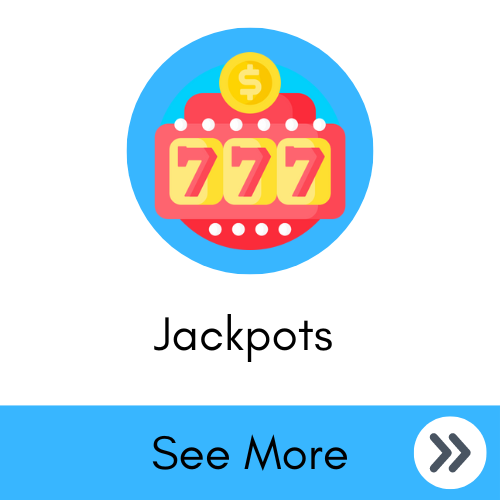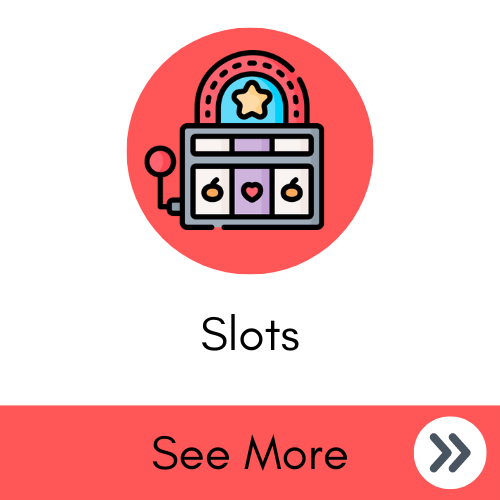Mastering Poker Hands: Rules and Hand Rankings Explained
Welcome to the captivating world of poker, where skill, strategy, and psychology intertwine in a battle of wits. Whether you’re a seasoned pro or a curious novice, understanding the fundamental rules of poker is your gateway to thrilling gameplay. In this in-depth guide, we’ll dissect every aspect of poker, from the initial deal to the exhilarating showdown. So, gather your chips, take a seat at the virtual or physical table, and let’s explore the intricacies of this timeless card game.

Poker Rules and Terminology
Poker is a strategic card game played with a standard deck of 52 cards. It involves multiple rounds of betting where players aim to form the best hand possible to win chips or money from opponents. Let’s delve into the intricacies of poker, covering rules, terminology, gameplay, and essential strategies. Before diving into the gameplay, let’s clarify some essential poker terms:
Hole Cards: These are the private cards dealt face-down to each player at the start of a hand, forming the foundation of potential hands.
Community Cards: These are the face-up cards placed on the table during betting rounds. Players use these shared cards, in combination with their hole cards, to create the best possible hand.
Showdown: The climactic moment when players reveal their hands to determine the winner. The highest-ranking hand claims the pot.
Minimum Bet: The minimum amount that a player must bet or raise during a betting round.
Understanding Antes and Blinds
In poker, antes and blinds are essential elements that kickstart the action and shape the dynamics of each hand. Let’s delve into what they are and their significance in gameplay:
Antes: An ante is a compulsory bet that every player must contribute before the start of a hand. Antes ensure there is a baseline amount in the pot, incentivizing players to participate actively in each round. In games like Seven-Card Stud, antes are common and add immediate value to the pot before any cards are dealt. This encourages players to engage in the game from the outset, fostering more competitive and action-packed gameplay.
Blinds: Blinds are mandatory bets posted by two specific players seated to the left of the dealer button before the beginning of each hand. Blinds serve to initiate the betting action and create immediate excitement at the table.
- Small Blind (SB): Posted by the player to the left of the dealer.
- Big Blind (BB): Posted by the player next to the small blind. The big blind is typically the minimum bet for the table.
They are integral to popular poker variants like Texas Hold’em and Omaha, ensuring that there is always something to play for in every hand. They introduce positional dynamics, as players in the blind positions act first in the initial betting round but gain the advantage of acting last in subsequent rounds.
Dealer Button and Rotation: The dealer button is a marker that indicates the position of the nominal dealer for the current hand. This button rotates clockwise after each hand, ensuring fairness in betting and providing positional advantage to players. The player with the dealer button is considered to be “on the button” and acts last in betting rounds after the flop, turn, and river.
Understanding antes, blinds, and dealer rotation is essential for grasping the flow of poker games and adapting strategic approaches based on position and betting dynamics. These elements add layers of complexity and excitement to the game, making poker a compelling blend of skill, strategy, and anticipation.

Hand Rankings
Understanding hand rankings is fundamental to mastering poker. Here’s an an overview of each hand category, from the strongest to the weakest:
Royal Flush: This is the highest-ranking hand and consists of Ace, King, Queen, Jack, and 10 of the same suit. It’s rare but unbeatable.
Straight Flush: Five consecutive cards of the same suit.
Four of a Kind: Four cards of the same rank.
Full House: A combination of Three of a Kind and One Pair.
Flush: Five cards of the same suit in any order.
Straight: Five consecutive cards of mixed suits.
Three of a Kind: Three cards of the same rank.
Two Pair: Two sets of pairs.
One Pair: Two cards of the same rank.
High Card: If no player has any of the above hands, the highest card wins.
1. Dealing the Cards
The game begins with the dealer shuffling a standard 52-card deck. Each player receives a set of cards, typically two in most variants. The dealer distributes these cards clockwise, ensuring fairness and randomness.
2. Pre-Flop Betting
Blinds: Before the community cards are dealt, two players seated to the left of the dealer button (the small blind and big blind) must make mandatory bets. The small blind typically bets half of the minimum bet, and the big blind bets the full minimum bet.
Action Begins: Starting with the player to the left of the big blind, each player has several options:
- Check: Decline to bet if no bet has been made yet.
- Bet: Place an initial wager (must be at least the size of the big blind).
- Fold: Discard your hand and forfeit any bets made.
- Call: Match the current bet made by a previous player.
- Raise: Increase the bet amount beyond the current bet made by a previous player.
3. The Flop
- After the first betting round concludes, the dealer places three community cards face-up on the table, known as “the flop.”
- These community cards can be used by all players in combination with their hole cards to form the best possible hand.
4. Second Betting Round (Post-Flop)
- Another round of betting begins with the player to the left of the dealer button.
- Players can check, bet, fold, call, or raise based on their hand strength and strategy.
5. The Turn
- Following the second betting round, the dealer adds a fourth community card face-up on the table, known as “the turn” or “fourth street.”
- This card also becomes available for all players to use in forming their hands.
6. Third Betting Round (Post-Turn)
- A new betting round ensues starting with the player to the left of the dealer button.
- Players continue to assess their hands and make betting decisions accordingly.
7. The River
- After the third betting round concludes, the dealer places a fifth and final community card face-up on the table, known as “the river” or “fifth street.”
- This card completes the community cards available for all players.
8. Final Betting Round (Post-River)
- The last betting round takes place, allowing players one final opportunity to bet, fold, call, or raise.
- Players aim to make the best possible five-card hand using a combination of their hole cards and the community cards.
9. Showdown
- If two or more players remain after the final betting round, a showdown occurs.
- Players reveal their hole cards, and the player with the highest-ranking hand based on standard poker hand rankings wins the pot.
- If all but one player folds at any point during the betting rounds, the remaining player wins the pot without a showdown.
10. Dealer Rotation
- After the hand concludes, the dealer button rotates clockwise to the next player, and a new hand begins with a new round of blinds and dealing of cards.
By following these detailed rules of poker gameplay from the dealing of cards onwards, players can engage in strategic decision-making and skillful play to compete for the pot and emerge victorious at the poker table. Understanding the flow of betting rounds and how to use community cards effectively is crucial for success in the game.





